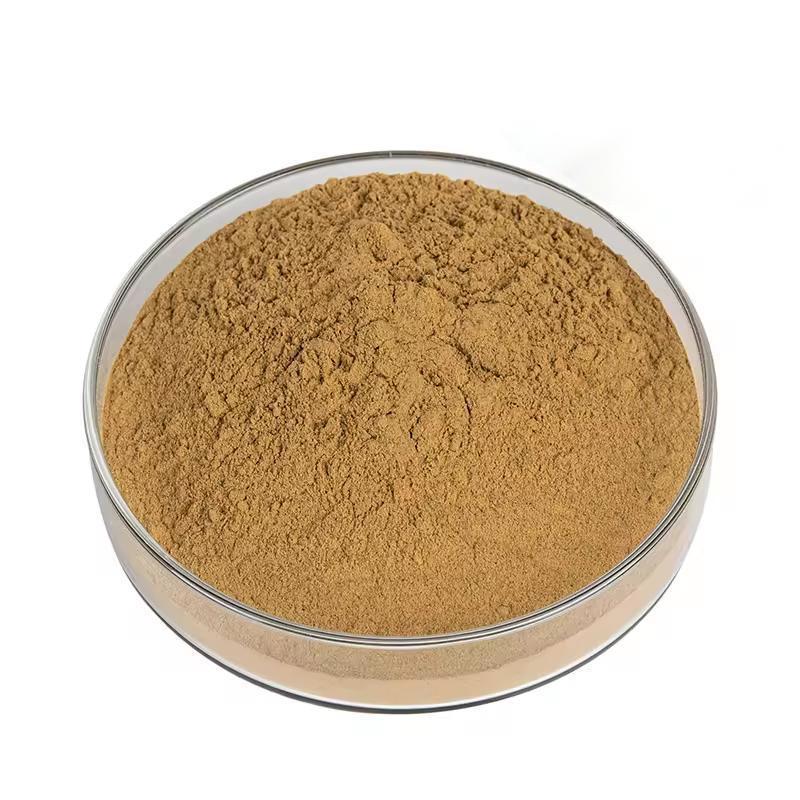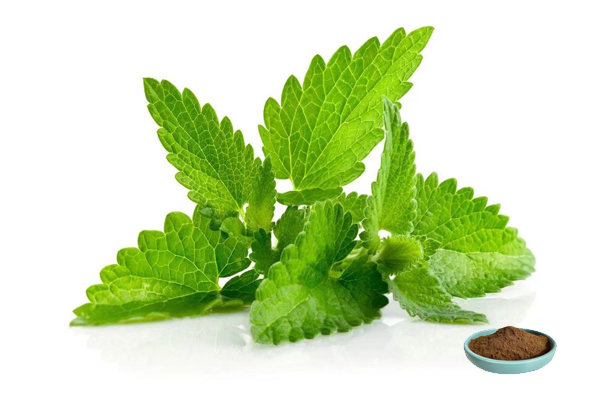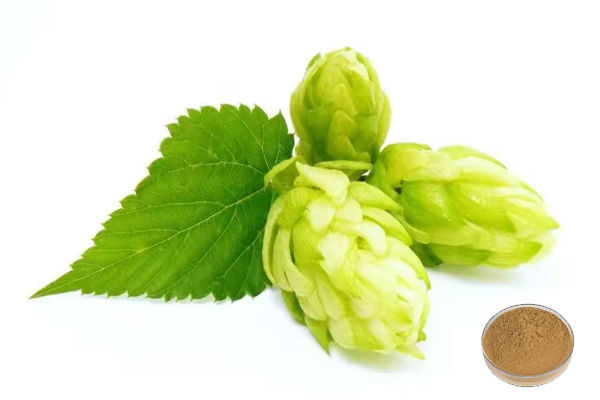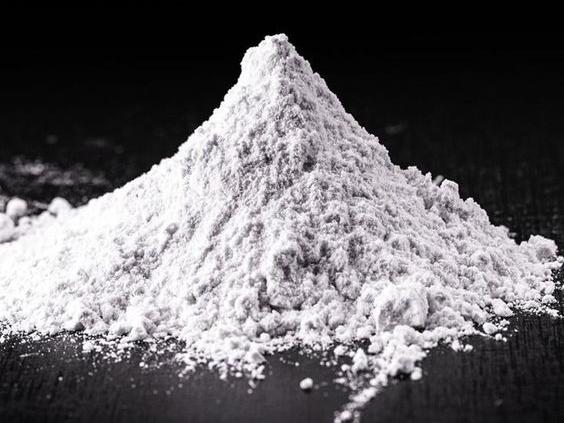Extracto de lúlúxantohumol al 5%
Fuente: lúpulo flor
Nombre latino :Humulus Lupulus L.
Principio activo: xantohumol
Especificación :5%
Método de ensayo :HPLC
Aspecto: polvo amarillo marrón
Residuos de plaguicidas: cumplir con la norma (CE) n º 396/2005
- descripción
- Hoja de datos
- Certificado de certificado
-
¿Qué es el extracto de lú?
Extracto de lúpulo is produced from hops, a natural mulberry plant, using liquid carbon dioxide extraction technology at near room temperature. It can give beer a special bitter taste and unique flavor and has certain antiseptic properties. It is known as the "soul of beer" and can be used as food additives as well as antioxidants in medicine, cosmetics, health food, and food.
La tecnología Green Spring suministra extracto de lúlúal al 5% de xantohumol de buena solubilidad, que mantiene el sabor y el color originales de la materia prima. Sus residuos de disolventes, metales pesados, plastiy residuos de plaguicidas siguen las normas internacionales como EP, JP y USP.
La tecnología de primavera verde implementa los m ã ¡S altos est ã ¡Ndares internacionales de la industria, cumpliendo con los est ã ¡Ndares de la UE EC396, EU 2023/915, y los m ã ¡S altos est ã ¡Ndares de residuos de disolventes. Cuenta con laboratorios de pruebas independientes e instrumentos de prueba avanzados para Controlar la calidad del producto.
Establecido en 2000, verde Spring se compromete a proporcionar a sus clientes extractos de plantas naturales, seguros y orgánicos. Ha obtenido Halal, Kosher, COSMOS, BRC, IFS, FDA, ISO, y muchas otras certificaciones. verde Spring puede proporcionar informes de pruebas de terceros autorizados.
Especificaciones:
Nombre del producto
Hops Extract
Nombre latino
Humulus Lupulus L.
fuente
Flores de lúpulo
Principios activos
xantohumol
especificación
5%
Método de ensayo
HPLC
apariencia
Polvo de color amarillo marrón
Residuos de plaguicidas
Cumplir con la norma (CE) n º 396/2005
Reglamento:
Se ajusta a la normativa de la UE.
Learn More About Our Comprehensive Solutions for Standardized Hop Extract Ingredients.
¿Busca un presupuesto?Benefits:
Improvement of Metabolism
Studies have demonstrated that xanthohumol (XN) isolated from hops (Humulus lupulus L.) extracts and its derivative tetrahydroxanthohumol (TXN) ameliorate the adverse metabolic effects of an obesogenic diet in mice, but the mechanisms involved are not clear.
The researchers used a mouse model of diet-induced obesity and metabolic disease, in which 10 mice were randomly assigned to one of five groups (Figure 2): low fat diet (LFD), high fat diet (LFD), high-fat diet (HFD) supplemented with low levels of XN (0.035%), high levels of XN (0.07%), and HFD supplemented with TXN (0.07%). HFD with TXN (0.035%) for 16 weeks.
By measuring the transcriptome of the liver, ileum, and epididymal adipose tissue (adipose tissue), the composition of the microbiome in the feces, the concentration of bile acids in the feces, and phenotypic parameters associated with metabolic disorders in these mice, it was found that TXN was more effective than XN in restoring metabolic alterations induced by an obese diet.
Antioxidant
Hops have a relatively strong antioxidant effect. According to research, the total antioxidant use of hops is related to the polyphenol flavanols in them. Experiments in mice have also confirmed that taking polyphenols from hops extracts can significantly reduce the content of the peroxidation product malondialdehyde and greatly enhance the vitality of the three active components of the antioxidant enzymes superoxide dismutase, glutathione peroxidase, and catalase, thus integrally enhancing the antioxidant capacity.
Alleviates Osteoporosis
Numerous studies have shown that hops can enhance bone density and promote bone cell production. Osteoporosis is a systemic bone metabolic disease characterized by decreased bone mass and destruction of bone microstructure. In Europe, hops extract is used to treat postmenopausal osteoporosis. In recent years, the role of hops in the prevention and treatment of osteoporosis has received widespread attention, and it may be able to prevent and treat osteoporosis by maintaining bone homeostasis through the exertion of estrogen-like effects, mitigating oxidative damage, and regulating the balance of bone formation and bone resorption.
The functional components that play this role are xanthohumol, serpentinone and humulone, all of which promote bone formation and inhibit bone resorption. According to research, some drugs used to treat gastrointestinal diseases, rheumatoid arthritis and immune system disorders, such as glucocorticoids produce osteoporosis as a side effect in 50% of the population. It was found that xanthohumol in hops extract can significantly promote the expression of osteocalcin BGP, protein BMP-2, and bone-specific transcription factor Runx-2 in osteoblasts, further confirming that it can counteract the effects of drugs on osteoporosis by promoting bone formation in osteoblasts.
Antiviral
Xanthohumol (Xn) is the major isopentenyl chalcone analog in the female inflorescences of hops (Humulus lupulus), and it is currently found to be present only in hops, where it constitutes about 0.1% to 1% of the dry weight of hops. A growing number of studies have identified immunomodulatory and anti-inflammatory activities of Xn. Xanthohumol can inhibit pro-inflammatory pathways such as IL-1β, IL-6, IL-8, IL-12p70, TNFα and interferon γ by inhibiting farnesoid X receptor (FXR) activity and NF-κ b-dependent inhibition of pro-inflammatory genes expression. Experimental studies have demonstrated that Xn has a potent effect on many DNA and RNA viruses such as herpes simplex viruses type 1 and 2, cytomegalovirus, and the porcine reproductive and respiratory syndrome virus (PRRSV).
Applications:
For Health Products:
Hops have a long history of health applications. Hops extracts have been found to have a calming and tranquilizing effect on sleep, and some studies have demonstrated that hops can inhibit the Hepatitis C virus. Therefore, hops extracts are often used as additives in health products.
In the Food Field:
Hops extract can be used in beer brewing to give beer a pure, soft bitter flavor and hop aroma. It also acts as a preservative.
In Cosmetics:
Humulones in hops extract calm the blood vessels on the surface of the skin and reduce heat and inflammation. This is beneficial for repairing redness and marks on acne and acne-prone skin and is also restorative for rosacea. Hops extract is also used as a cosmetic ingredient.
-
descargar
Extracto de lúlúxantohumol COA al 5%


 inglés
inglés francés
francés español
español ruso
ruso coreano
coreano Japonés japonés
Japonés japonés













